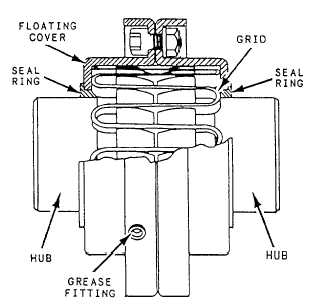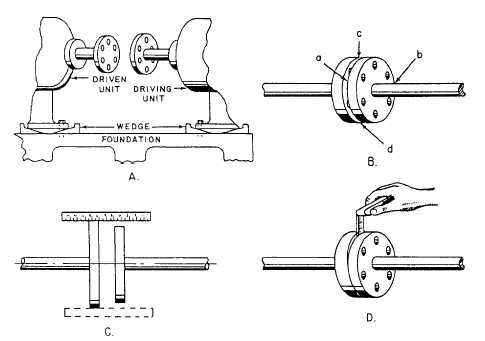Figure 9-15.—Grid-type flexible coupling.
(fig. 9-15) is intended to take care of only a slight
misalignment. Misalignment should never exceed
the amount specified by the pump manufacturer.
If the misalignment is excessive, the coupling parts
are subjected to severe punishment, necessitating
frequent replacement of pins, bushings, and
bearings. It is absolutely necessary to have the
rotating shafts of the driver and driven units in
proper alignment. Figure 9-16 shows coupling
alignment.
You should check the shaft alignment when
the pump is opened for repair or maintenance,
or if a noticeable vibration occurs. You must
realign the unit if the shafts are out of line
or inclined at an angle to each other. Whenever
practicable, check the alignment with all piping
in place and with the adjacent tanks and piping
filled.
When the driving unit is connected to the
pump by a FLANGE COUPLING, the shafting
may require frequent realignment, which may be
indicated by high temperatures, noises, and worn
bearings or bushings.
Wedges, or shims, are sometimes placed under
the bases of both the driven and driving units (fig.
9-16, view A) for ease in alignment when the
machinery is installed. When the wedges or other
packing have been adjusted so the outside
diameters and faces of the coupling flanges run
true as they are manually revolved, the chocks are
fastened, the units are securely bolted to the
foundation, and the coupling flanges are bolted
together.
The faces of the coupling flanges should be
checked at 90-degree intervals. This method is
shown in figure 9-16, view B. Find the distances
between the faces at point a, point b (on the
Figure 9-16.—Coupling alignment.
9-11




